Philip Rutnam: Championing disability inclusion
Disability History Month runs from 22 November until 22 December, and the theme this year is Leadership, Resistance and Culture. This month, we’re hosting blogs from leaders within the civil service about their experiences of disability in the workplace. Home Office Permanent Secretary Philip Rutnam is the Civil Service Disability Champion. Here, he looks at what has changed since he took up this role.

The first point I would make is that disability representation is now at the highest ever level, currently 11.7% of our workforce compared to 8.9% in 2015 when I took on the role. However, this figure is still below the economically active disabled population (13.4%) and there is still considerable work to do. It decreases with seniority to 5.2% at SCS level and, whilst this is also a record high (up from 3.2% in 2015) it clearly is an area requiring further attention. To address this, we have introduced a new ambitious target to increase disability new entrant representation to 11.3% by 2025.
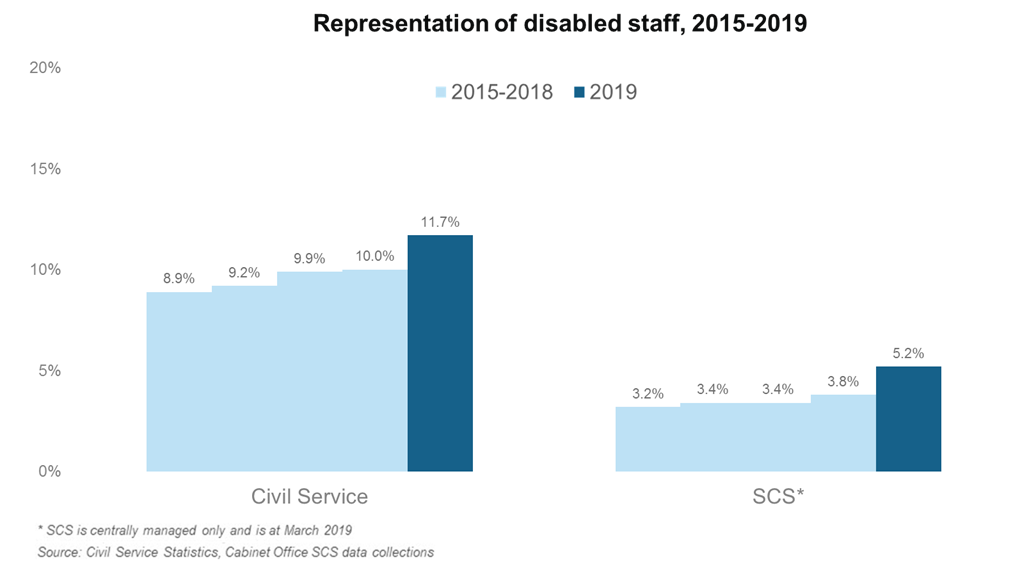
However, representation is only part of the story. People also need to feel that the organisational culture is inclusive, which does not automatically follow from having a representative workforce. To quote Stephen Frost “diversity is a reality, inclusion is a choice”. The first element can be driven by external demographics, whilst the second is more complex. It requires leaders to set the behavioural norm for their immediate teams and organisation. Their behaviour determines whether people from diverse groups who do not fit the perceived organisational mould feel able to bring their whole selves to work. For disabled colleagues, this is also about removing workplace barriers by ensuring that our estates, IT systems and working practices are fully inclusive.
One way of measuring inclusive culture is People Survey engagement scores, which is why one of my first steps was to set a target to halve the gap in the People Survey disability engagement scores by 2020. We have made some progress in succeeding to reduce the gap by 1% in each of the previous two years, but still have much to do to meet this target.
Another measure of culture is disabled people feeling able to talk openly about their disability. It is therefore pleasing to note that we are seeing the increasing emergence of many fantastic and inspirational disability role models who are openly sharing their personal disability stories to help others. These include colleagues who I have featured in my personal disability stories blog series such as the three examples that I highlighted here.



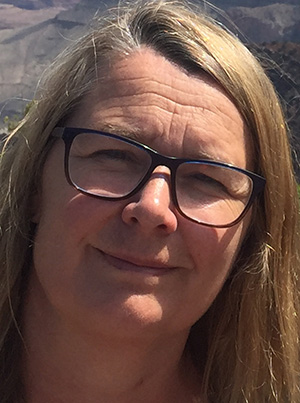
They are our change agents and play a critical role in driving culture change and in changing others perceptions.
This brings me on to my next point, the importance of enabling disabled talent to flourish and realise their full potential. We are starting to see this through increasing disability representation on mainstream accelerated talent programmes, with disabled participation on flagship programmes, such as Future Leaders Scheme (FLS) and Senior Leaders Scheme (SLS), double the disability representation in the target grades. It is also evident in the development of new positive action schemes such as FLS Delta and REACH mentoring schemes, alongside well-established programmes such as the Positive Action Pathway.
Other areas I would highlight are that we have improved mental health support through our Employee Assistance Programmes, Wellbeing Confident Leaders training, growing cadre of over 6,000 MHFAs or equivalent, and implementation of the Farmer Stevenson Thriving at Work core and enhanced standards. On workplace adjustments we now have more robust central data to drive performance improvements as well as the introduction of a universal passport and independent review route for anyone experiencing difficulties in securing the adjustments they need.
We have also launched some innovative groundbreaking initiatives, such as the award winning Autism Exchange programme offering work placements for young people with autism and our Purple Space Bursary Scheme to develop existing and aspiring Network leaders.
Whilst all these developments are welcome indicators of progress, I fully recognise that we are still on a journey, with much more to do to deliver our vision of a truly disability inclusive civil service.
I will close by highlighting one specific example where FDA readers can help. Our disability recording rates are currently at 71% and have increased only slightly in recent years. Recording diversity information is important as it enables us to undertake effective equality analysis to assess and monitor whether our policies and working practices are fully inclusive.
I would therefore ask that, when you next log on to your HR system, you check that you have recorded your diversity data and that the information held is correct. You may have recently moved between departments and need to re-enter your data, or need to update your records, as many people acquire a disability during their working lives.
If you are a line manager, you may also wish to reflect on how you currently create an inclusive culture for disabled team members and the space to develop your inclusive leadership skills.
Are you an FDA member with a disability, impairment or health condition, who would like to shape the union’s work in this area? Take part in our disabled workers survey. It only takes five minutes to complete, and your views and experiences will help inform FDA policy.
Related News
-
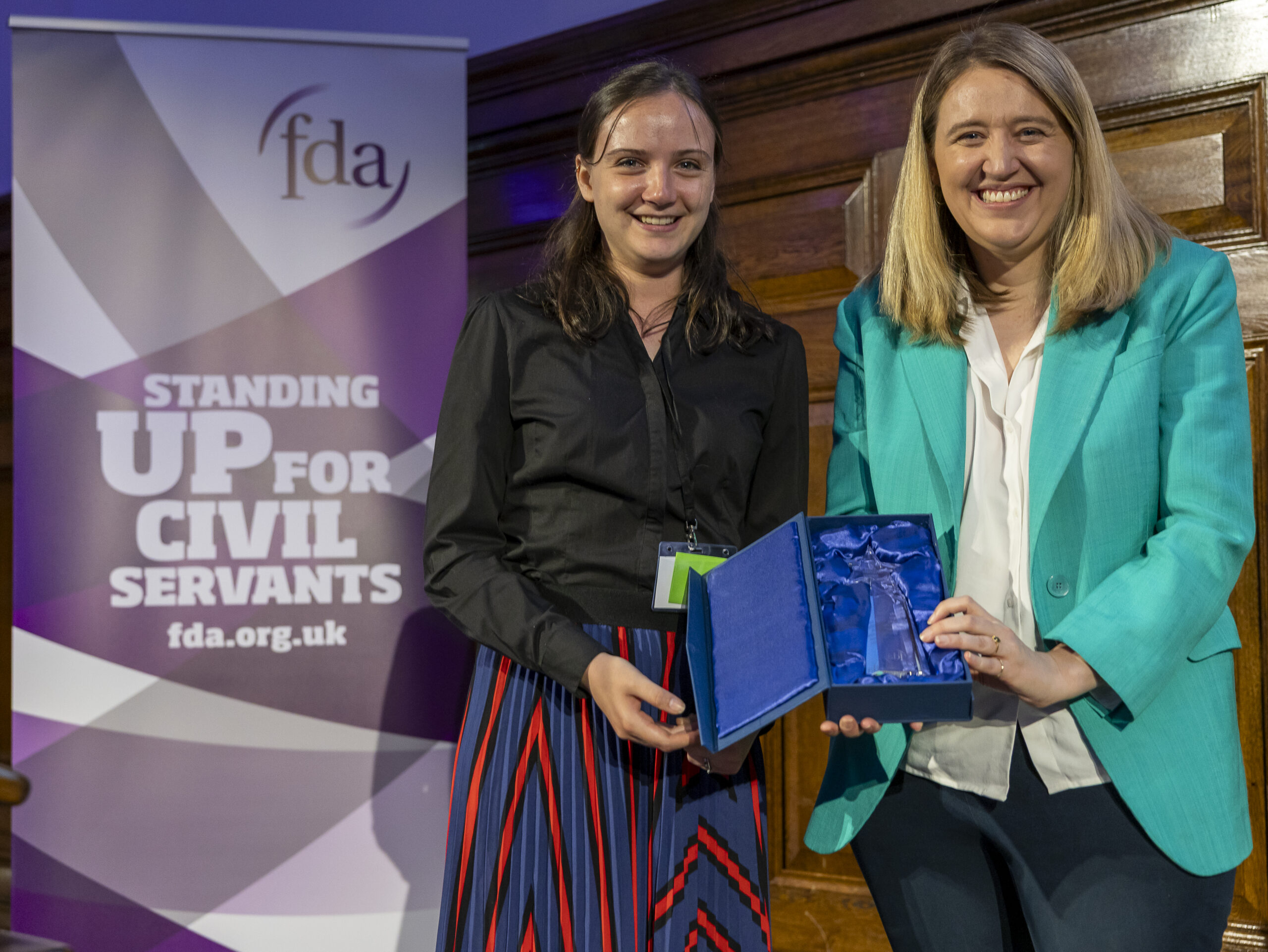
2025 Wendy Jones Equality Award winner: Chloé François-Oatway
Katherine Hutchinson speaks to the winner of the Wendy Jones Equality Award 2025, Chloé François-Oatway.
-
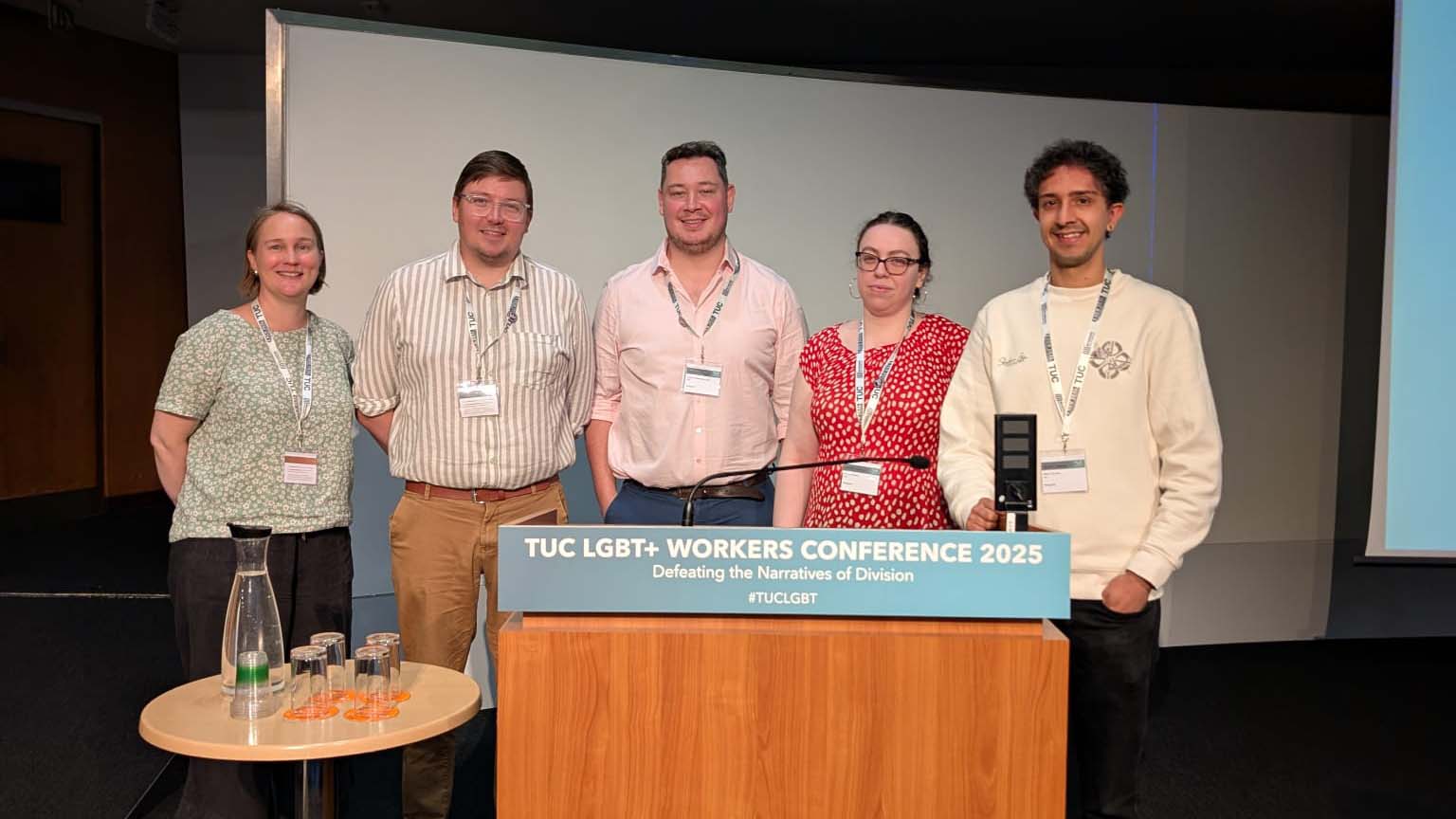
FDA attends TUC LGBT Conference and London Pride
To mark the end of Pride Month, FDA delegations attended the TUC LGBT+ Conference and Pride in London.
-
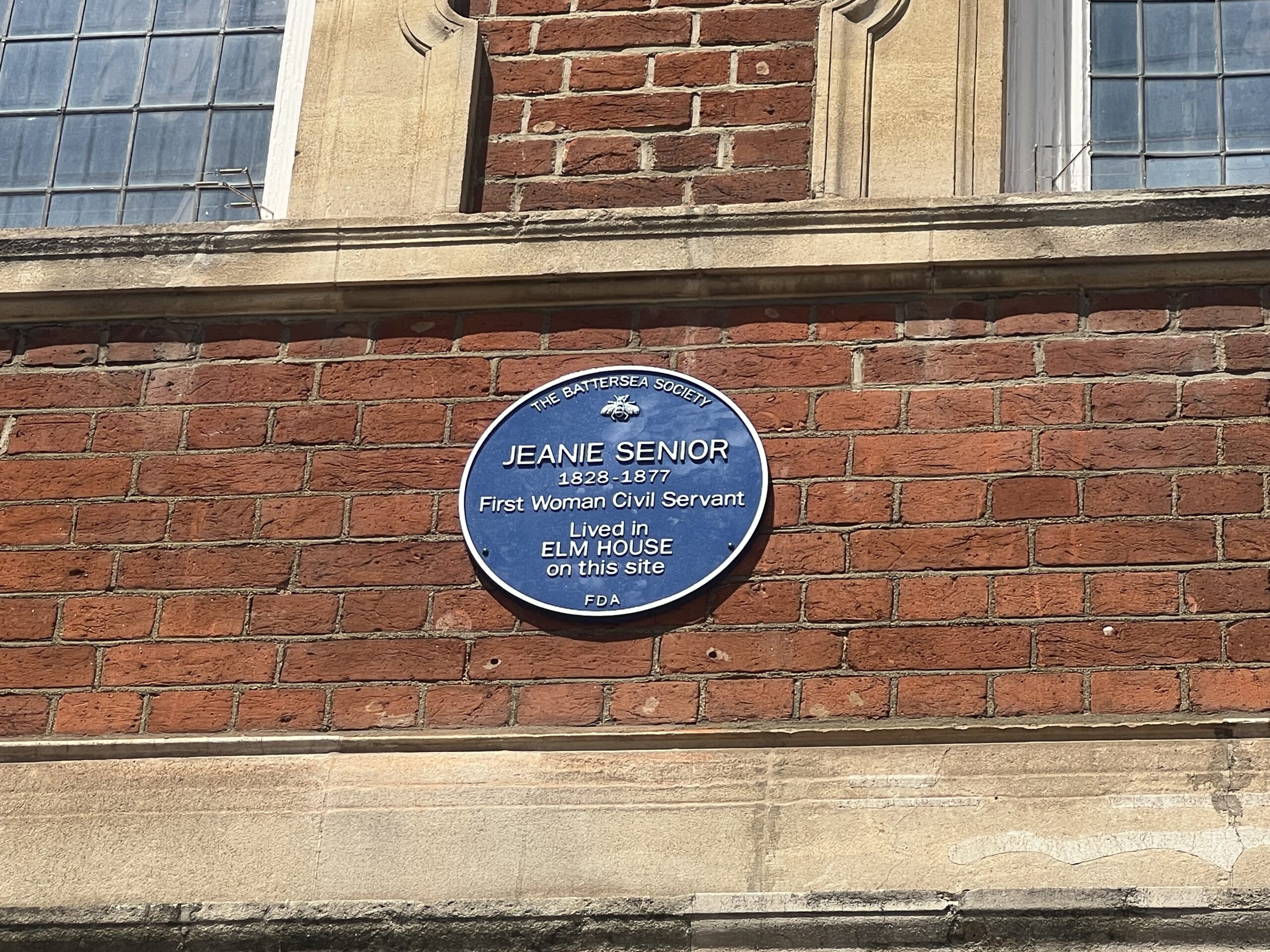
FDA attends unveiling of plaque in honour of first female civil servant Jeanie Senior
The FDA attends the unveiling of a plaque in honour of Britain’s first female civil servant, Jeanie Senior, which took place at Battersea Town Hall. The plaque was funded by the FDA and the Battersea Society, with the unveiling event arranged by local historian and writer Jeanne Rathbone.